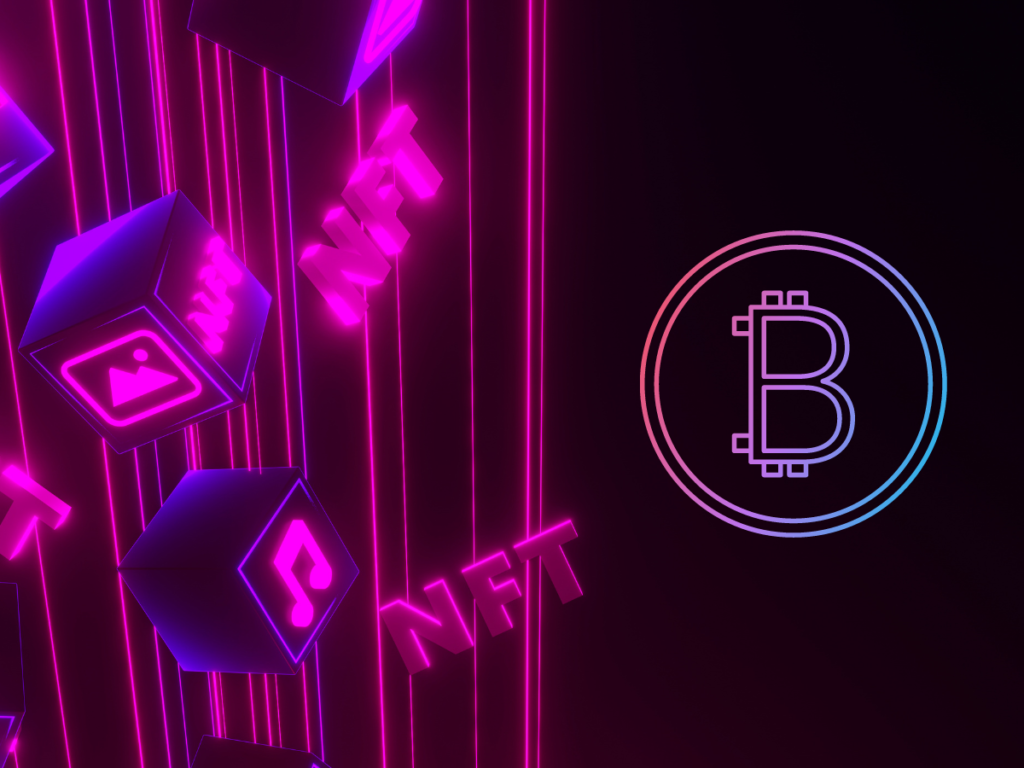Elon Musk calls NFTs vulnerable owing to their reliance on external sites and calls for a more secure blockchain integration.
It’s easy to uncover well-known criticism of the blockchain tokens that represent ownership of unique goods, such artwork, amid the dramatic decline in NFT excitement that started last year. Now that Elon Musk has entered the debate, supporters of bitcoin are ecstatic.
In his latest appearance on the popular “Joe Rogan Experience” podcast, SpaceX, Tesla, and Twitter CEO Elon Musk noted that many NFTs are not totally on-chain. However, some link to risky external artwork.
Musk remarked, “The funny thing is that the NFT is just a URL to the JPEG—it’s not even on the blockchain.” “At the very least, the JPG needs to be encoded into the blockchain. You lose ownership of the photograph if the business that hosted it files for bankruptcy.
Musk is right that NFTs are problematic. It was a common comment during the early NFT bubble, when Bored Ape and CryptoPunks avatars sold for seven figures and Mike “Beeple” Winkelmann sold tokenized digital art for $69 million at Christie’s in March 2021.
The fall of FTX late last year illustrates this. Many NFT collectibles produced by FTX and premiered at Coachella and Tomorrowland stopped working when its servers crashed. In addition, FTX built an NFT marketplace. If a disaster strikes, NFT owners can “back up” their artwork on decentralised storage services.
Musk’s claims aren’t always true. Pixel projects like CryptoPunks and Moonbirds save their artwork on Ethereum, the top NFT blockchain. For instance, Art Blocks saves its artists’ algorithms on-chain, allowing reproduction of the completed artwork.
Additionally, Musk’s remarks reinforce a common misunderstanding about NFTs. The artwork or related item is not the non-fungible token, or NFT, itself.
An NFT links to an item—a watch, digital art, or interactive video game accessory—or serves as a receipt or proof of ownership. Due to a decentralised blockchain network, some artwork is immutable and censorship-resistant. In other cases, the NFT represents ownership of a tangible piece or artwork not on-chain.
Bitcoin: what about it?

However, there is one well-known NFT-like ecosystem where all material and artwork are in fact totally on-chain—and they reside on Bitcoin.
Users can “inscribe” artwork and other media onto the blockchain using Bitcoin’s Ordinals protocol. Unlike Ethereum and other blockchains that depend on smart contracts—code that permits self-governing decentralised applications (dapps) and tokenized assets through NFTs—this procedure is distinct.
Ordinals provide materials or artwork a unique inscription number and link them to a satoshi, or 1/100,000,000 of a Bitcoin. Ordinals ensure that assets are permanently recorded on the blockchain and NFT-like as long as the Bitcoin network is active.
Bitcoin and Ordinals supporters seized on Musk’s comments, believing that they proved Ordinals’ superiority over Ethereum and other NFTs.
Reflexivity Research co-founder Will Clemente tweeted, “You just laid out the case for Bitcoin Ordinals—image/text inscriptions directly on the most secure open-source monetary network on the planet.” “On the Bitcoin blockchain, there are currently 38 million of these inscriptions.”
For this reason, Ordinals will grow. Rohun “Frank” Vora, the inventor of DeGods and y00ts, minted projects on Bitcoin, Ethereum, and Solana, tweeted, “It’s the most elegant solution to one of the most universal criticisms of NFTs.”
Co-creator of Dogecoin Billy Markus wrote, “This is why I’ve generally said ordinals are cooler as well,” reiterating Elon Musk’s claims that NFTs frequently refer to outside resources. Musk has supported Dogecoin for a long time.
Furthermore, a well-known Ordinals fan and influencer going by the nickname Leonidas also etched the Musk video clip onto Bitcoin, highlighting the wider community’s support for the fully on-chain Ordinals.
Leonidas commented, “Engage so that Elon sees this and learns about how Bitcoin NFTs (Ordinals) are stored fully on-chain forever.”











